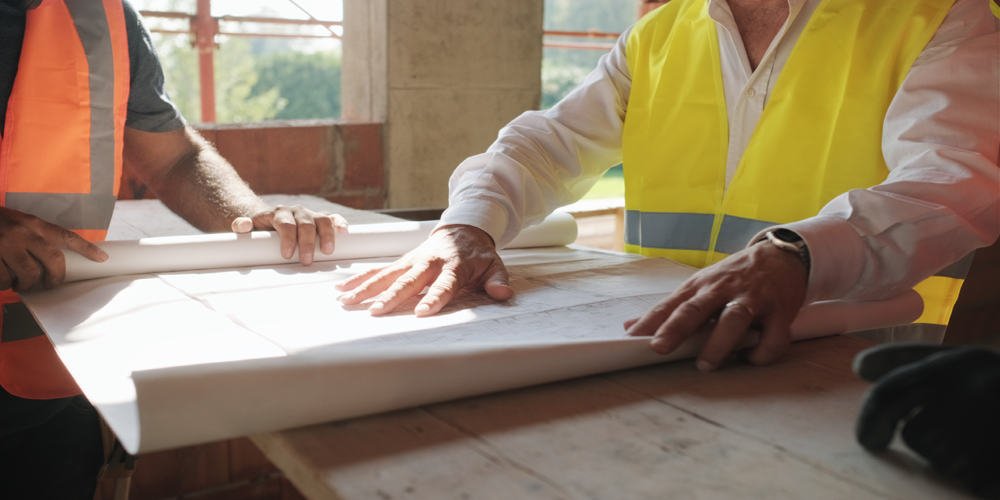
Sound Insulation Testing – Question and Answers
We at APT Sound Testing often get asked the following questions in regard to sound testing.
Do detached properties require sound testing?
No. Only attached properties require sound tests.
Are internal walls/floor between rooms within a single dwelling tested?
No. Laboratory test-based performance standards (Rw) exist for certain internal walls and floors but they are not intended to be verified as-built by on site measurement.
What is the difference between Rw and DnT,w?
DnT,w is an in-situ measured performance parameter that demonstrates the level of resistance to sound transmission between two adjacent spaces (both direct sound transmission and flanking sound transmission will contribute to the measured performance). Rw is a performance parameter that describes the level of sound transmitted through a single element, such as a wall, floor, door or window and it is measured in a laboratory where flanking sound transmission is negligible. The DnT,w of a separating wall or floor will typically be of the order 5 to 7 dB lower than the specified Rw for the single element, due principally to the contribution from flanking sound transmission around the element when it is built on site.
How much sound insulation testing is needed?
Approved Document E 2003 states that one set of sound tests is required for every 10 units in a group or sub-group. A group or sub-group is defined where significant differences in construction or layout occur.
Houses – a set of tests would usually comprise two airborne sound insulation tests of a separating wall
Flats – a set of sound tests would usually comprise: two airborne sound insulation tests on the separating wall; two airborne sound insulation tests of a separating floor; two impact sound transmission tests of a separating floor
Rooms for Residential Purposes (student accommodation, hotel rooms, care homes etc) – a set of tests would usually comprise: one airborne sound insulation tests of a separating wall; one airborne sound insulation test of a separating floor; one impact sound transmission test of a separating floor.
How are plots selected for testing?
The building control officer, warranty provider or other concerned parties may require you to carry out sound tests in specific areas or plots. However where this has not been stipulated we can advise accordingly. Where this is determined in advance of the testing, it should ideally be checked with the concerned party. Tests are usually conducted between pairs of rooms, so adjacent plots will be required.
Methodology
How is a sound insulation test carried out?
Airborne sound insulation test – A controlled noise is generated by an amplifier and loudspeaker across a broad range of frequencies on one side of a separating wall or floor and the noise level is measured in decibels (dB) using a sound level meter. Measurements are also made on the opposite side of the separating wall/floor (i.e. in the neighbouring dwelling) in order to determine how much of the controlled noise being generated in the source room is transmitted through to the receiving room.
Impact sound transmission test – A calibrated tapping machine which comprises 5 metal ‘hammers’ driven up and down by a cam and electric motor, is used to simulate footfall noise on the floor surface. The resulting noise is measured in the neighbouring dwelling below, using a sound level meter.
What is reverberation time?
For both airborne and impact sound tests, the reverberation time (the time taken for sound to decay) is measured in the receive room and forms part of the calculation of the sound insulation performance.
If you would like more information in regards to sound testing please contact us at info@aptsoundtesting.co.uk or call us on 01525 303905.